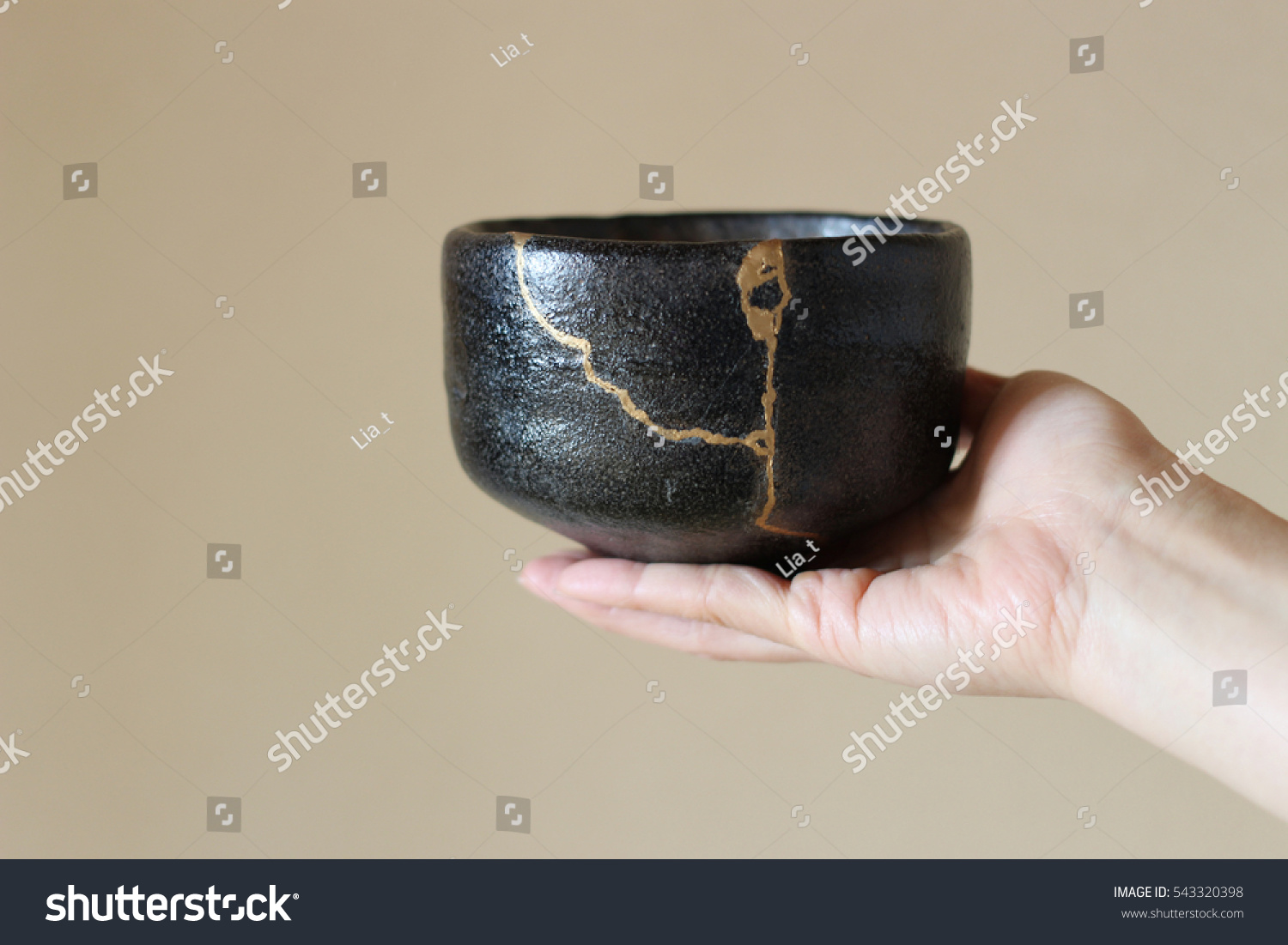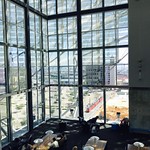
The Meaning Behind Artsugi
The name Artsugi stems from the word “Kintsugi,” a Japanese art form and philosophy in which objects that are broken—rather than being dismissed or forgotten—have their missing pieces or cracks repaired or filled with gold. The resulting object is deemed to be stronger and more beautiful or artistic. The term can be translated to mean “golden joinery” or “to repair with gold.”
Unfortunately the arts are often dismissed or forgotten in today’s education system. In this sense, Artsugi means “to repair with art.” Our mission is to fill in the gaps or missing pieces in the education system with art and music to make it stronger and a more “beautiful” experience for students. All students can use art in their lives to foster creativity and to strengthen their education.
We are striving for a well-rounded education system that doesn’t exclude the creative sectors. Here at Artsugi we want to strengthen learning with art.
how far we've come
Our History
Artsugi was founded in 2017 by Krisha Moeller, a K-12 Art Teacher and EdTech Specialist. As an art teacher, Krisha experienced first-hand the struggles of public schools trying to provide a breadth of art and music courses to their students in the midst of continuously decreasing school budgets; as well as the struggles of creative students (many with aspirations of working in the creative sectors) who were negatively impacted by their increasingly limited access to art and music instruction.
The idea for the Artsugi e-learning network was born out of Miss Moeller’s mission to reduce this educational gap for creative students.
Initially, the project was called "The Free Artists Network” (FAN). The same year Miss Moeller graduated from SDSU's Educational Technology (EdTech) M.Ed program, she was awarded a $10,000 grant for her work on the e-learning platform from the "USD Social Innovation Challenge" competition hosted by the Center for Peace and Commerce in 2015 (featured in the San Diego Union-Tribune).
Miss Moeller utilized the award money to enter the Founder Institute program (San Diego chapter), an entrepreneurial grooming program, where the project was re-branded and renamed to "Artsugi." The Artsugi project won the FI graduation night pitch competition in 2017, and attracted a team of advisors and developers, including CTE Specialist, Miguel Soria, and Expert Programmers, Binh Bui and Abdullah Rusafy.
Since that time, Artsugi has continued to work with numerous industry professionals and studios from a variety of creative sectors to continuously develop and offer its expansive online catalog of art and music curriculum to schools, art and music teachers, parents, and creative students (grades 6-12).
the problem we address
Our Mission
Our mission is to help creative students (grades 6-12) obtain the skills they need to be successful in college arts programs and creative careers.
Increasing budget cuts to public art education programs have resulted in the responsibilities of today’s art and music teachers being spread quite thin. This means that today’s arts teachers often have to take over teaching many more subjects (artistic disciplines) by themselves, or else they must unfortunately cut course options for students altogether.
As a result, many creative students are not graduating high school with the skills (or the developed portfolios) they need to successfully enter college programs in the artistic disciplines of their choice or to pursue careers within those disciplines in the creative sectors.
To combat this trend, Artsugi offers an e-learning network and LMS platform (learning management system) geared specifically for art teachers and creative students with an expansive online catalog of "CTE-aligned" art and music courses from a variety of creative fields.
We accomplish this by working with media professionals from the industry to build career-aligned online art and music courses, and then we utilize our public LMS platform to deliver these courses to middle and high school students throughout the United States.
Our online curriculum can be utilized by teachers and schools to expand their art and music course offerings for students, or they can be utilized by parents and students as part of an independent study program, outside of school.













